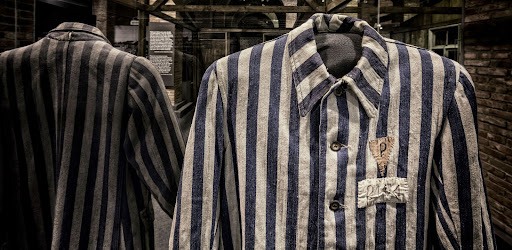In March 2023, a new temporary exhibit will open at the Reagan Library: “Auschwitz. Not Long Ago. Not Far Away.” The title hints at a central pillar of the exhibit’s purpose: to remind us that this was not some ancient tragedy, but a horror that left behind survivors who still have stories to tell.
Indeed, when the Reagan Library hosted a ceremony to mark the installation of a German World-War II-era freight car (like those used to transport Jews, Roma, Poles and others to ghettos and concentration camps), two Auschwitz survivors were the special guests, delivering powerful remarks and serving as living, tattooed reminders of the immediacy and relevance of the Holocaust.
The event is a great representation of the role cultural and historical institutions — like presidential libraries, museums and foundations — can and should play in bringing history alive. In so doing, they offer a great service for the public good while simultaneously honoring their enduring founding principles and vision.
In this case, President Reagan would have been proud to see that the organization tasked with carrying on his legacy was hosting this kind of exhibit. He spoke unequivocally on the subject throughout his presidency, making the point that the Holocaust was not just “mad, crazy, insane.” To the contrary, he believed “the Holocaust is comprehensible. Indeed, we must comprehend it.” He believed that it was intentional evil — “the image of the inferno” — and that writing it off as madness would increase the risk it would happen again.
Memory of history is constantly fading in the minds of the living. Cultural institutions like the Reagan Library can keep history alive by telling stories — with words, pictures and physical objects — and by following their principles to speak powerfully into the issues of the current day.
